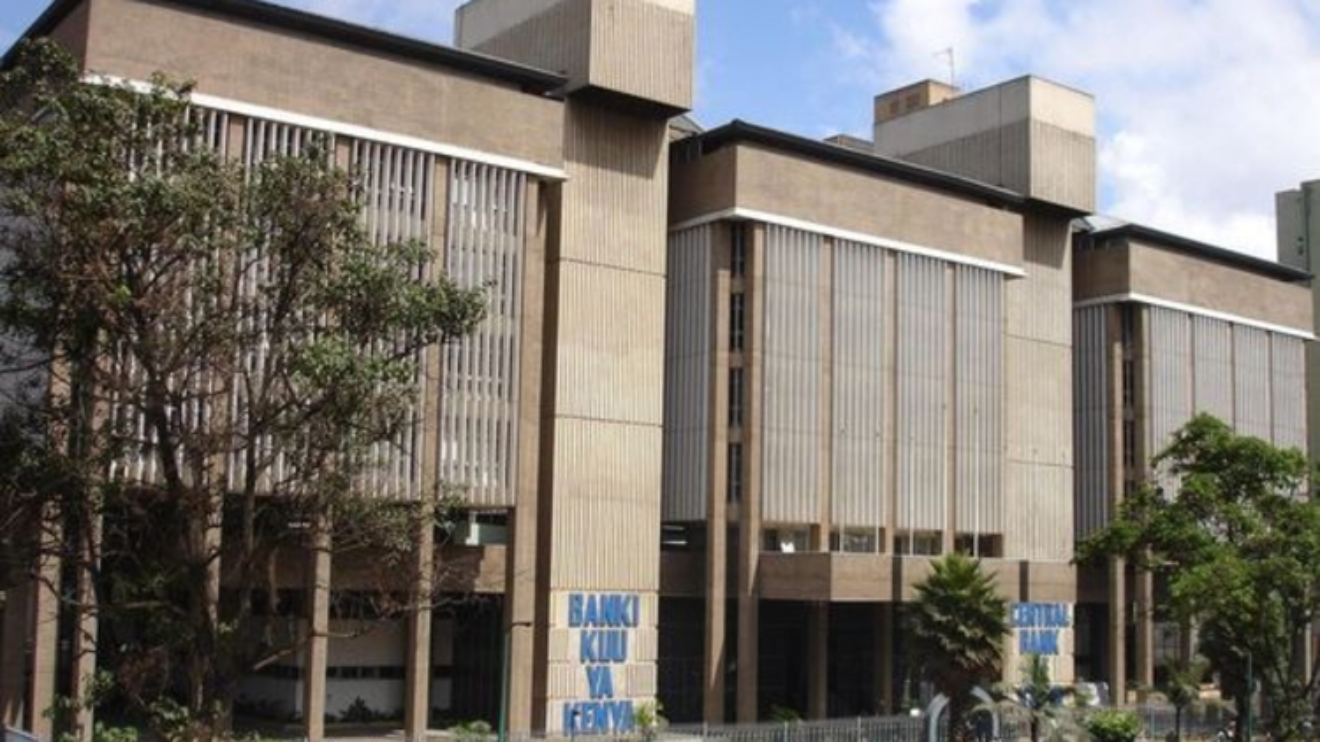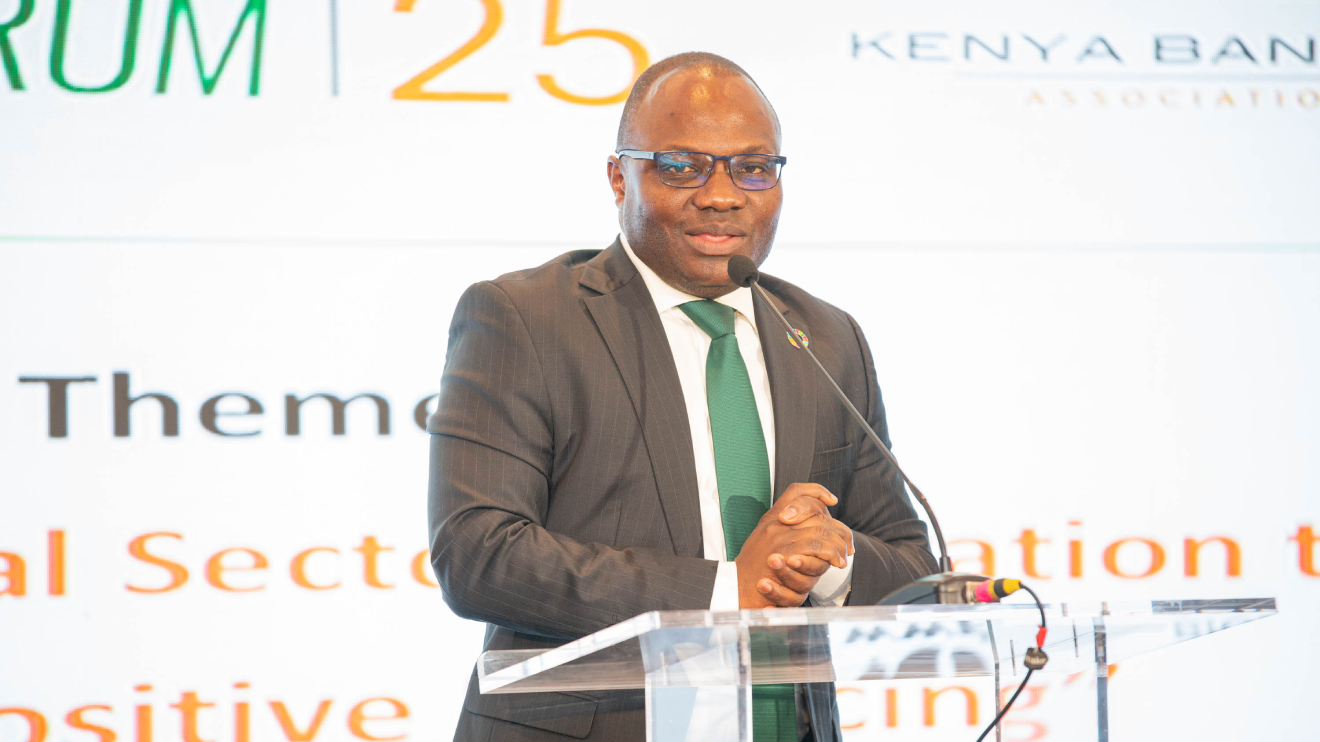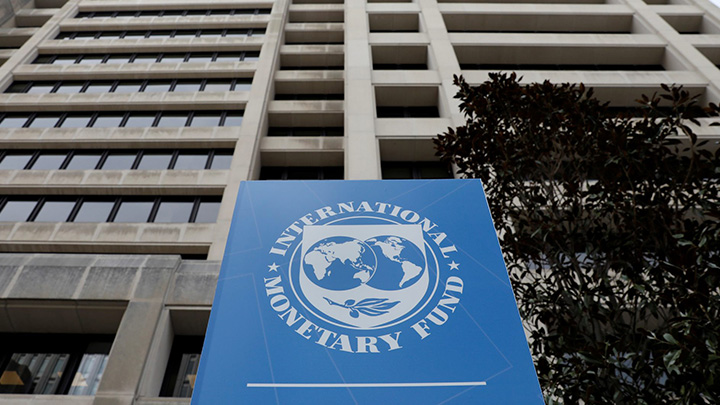Kenya’s financial landscape may soon witness a significant shift, with analysts forecasting a potential 0.5 per cent reduction in the Central Bank Rate (CBR).
Should this occur, the rate would decrease from the current 12.75 per cent to 12.25 per cent, signalling a positive trend for both borrowers and investors alike.
The driving force behind this optimistic outlook lies in the recent stability of inflation rates, which have consistently remained within the government's target range.
Veronica Ndegwa from the IPF Group highlights this point, stating, “The main determinant is inflation rate, which has remained within the government range and has been coming down for a while now.”
This consistency suggests that the Central Bank of Kenya (CBK) is poised to implement measures that promote economic growth while addressing the pressing issue of high lending rates that currently burden many borrowers.
Read More
In a significant move earlier this year, the CBK initiated its easing cycle by lowering its key policy rate by 25 basis points to 12.75 per cent on August 6, 2024.
This strategic decision aimed to bolster economic growth amidst fluctuating inflation rates, aligning with broader global economic trends.
Notably, recent figures indicate that Kenya’s annual inflation rate has risen slightly to 4.4 per cent, up from 4.3 per cent last month, yet it remains comfortably within the acceptable limits of 2.5 per cent to 7.5 per cent.
With the Monetary Policy Committee (MPC) scheduled to convene early next month, there is a sense of cautious optimism.
Analysts suggest that the MPC is likely to consider further easing measures, aiming to stimulate borrowing and investment while carefully avoiding inflationary pressures.
This outlook is further enhanced by the Federal Reserve's recent decision to cut its benchmark interest rate by 0.50 percentage points, its first reduction in four years.
This move, prompted by signs of moderating inflation and a weakening labour market in the United States, has set a new target range for the federal funds rate between 4.75 per cent and 5 per cent.
The implications of the Fed’s decision stretch beyond American borders, potentially offering significant benefits to emerging markets such as Kenya.
With lower interest rates in the US, investors may seek higher returns in other markets, making Kenyan assets increasingly appealing for foreign direct investment (FDI).
In fact, FDI inflows into Kenya surged to approximately $728.7 million (Sh93.6 billion) in 2023, a marked increase from $393.6 million (Sh50.6 billion) in 2022, demonstrating a growing confidence among investors.
Additionally, a weaker US dollar, resulting from the Fed's rate cuts, could strengthen the Kenyan shilling, making imports more affordable and easing the burden of servicing foreign-denominated debt, which stood at around $39.2 billion (Sh5.8 trillion) as of March 2024. As of late September 2024, the Kenyan shilling was trading at 129 to the dollar.
This strengthening could further enhance Kenya’s economic position by reducing import costs and improving trade balances, thus fostering an environment ripe for growth.
As analysts gaze into the economic horizon, they believe that a reduction in the CBR will prompt banks to lower their lending rates, currently hovering around 20 per cent.
This would pave the way for more affordable borrowing options for individuals and businesses alike.
With projected economic growth of 6 per cent for 2024, driven by increased agricultural output and expansion in the services sector, the future looks promising for Kenya’s economy.
In conclusion, as the CBK prepares to make critical decisions in the coming weeks, the anticipation surrounding potential rate cuts reflects a broader confidence in Kenya’s economic resilience and growth potential.







-1757663582.jpeg)
